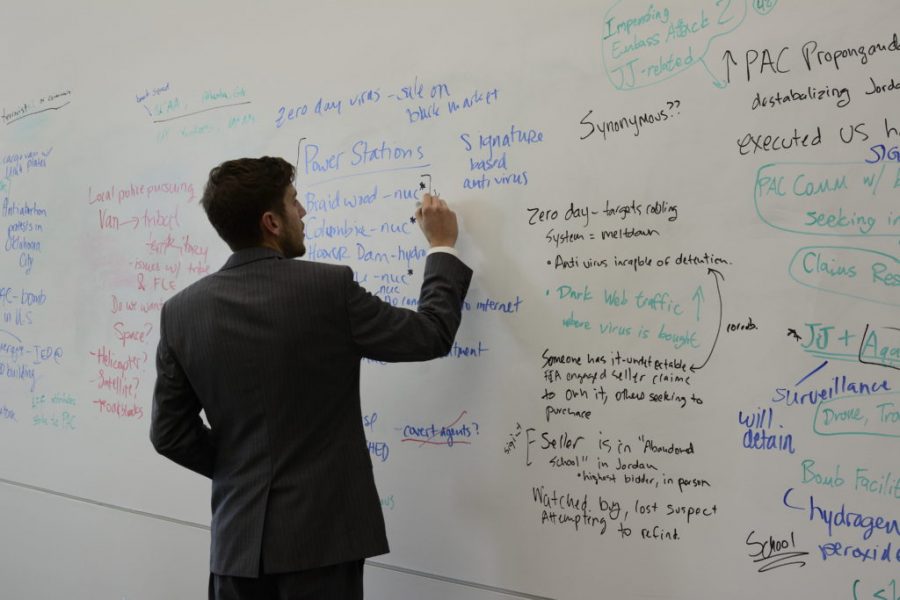Law students at the University of Utah participated in a counterterrorism simulation where they practiced being in positions of power during potentially deadly situations. On Friday, four simulations were held throughout the day and a team of six to seven students were required to work together during a four-hour block.
The 25 students who engaged in the simulation are members of a course taught by Professor Amos Guiora, who leads a number of subjects including Criminal Procedure, International Law, Religion and Terrorism, and Global Perspectives on Counterterrorism; the latter being the course involving the simulation. It was designed in such a way that the students would be required to analyze potential threats, work as a team to make difficult judgments and undergo a mock congressional hearing where their methods and final decisions were critiqued.
The counterterrorism simulations have been produced by Guiora since 2007, and have a lasting legacy of success. Thousands of viewers from around the world receive an exclusive experience each year watching students receive an education in a way that is unique to the U.
“[The students] are confronted with very complex counter terrorism simulations that force them to address questions of law and politics in a very time sensitive and time intensive environment. The exercise requires them to understand the law, articulate the law and understand policy ramifications,” Guiora said.
During the third session of the day, taking place from 2 p.m. to 6 p.m, six students were confronted with numerous threats. While sitting in a room and receiving intelligence from sources such as ambassadors from other countries, superiors and even Twitter, the group immediately got to work.
The first situation simulated a protest outside of the Jordan Embassy, and the students monitored the event as it escalated from peaceful to disorderly, and finally made the collective decision to evacuate the embassy when information was received from a source that claimed terrorist groups were involved.
The embassy was only one of several instances of terrorism that the students were forced to examine and unravel. The students handled each situation with caution and were sure to thoroughly analyze every segment before talking through their options, playing devil’s advocate and ultimately coming to a unanimous resolution. Other situations presented to a group involved a hijacked plane which led to the group’s decision to issue a drone attack on the plane, resulting in the lives of 256 passengers being lost. The pursuit of a white nationalist on tribal lands was also a topic of discussion, as well as entering a Mosque in Iraq in order to detain two leaders of a terrorist organization and the potential use of enhanced interrogation.
These simulations, Guiora said, prepare law students for real-world situations where it will be mandatory that they make hard decisions concerning the safety and security of both the nation and the world.
The goal is that if and when a real attack happens, it’ll be similar to something the students have rehearsed.


